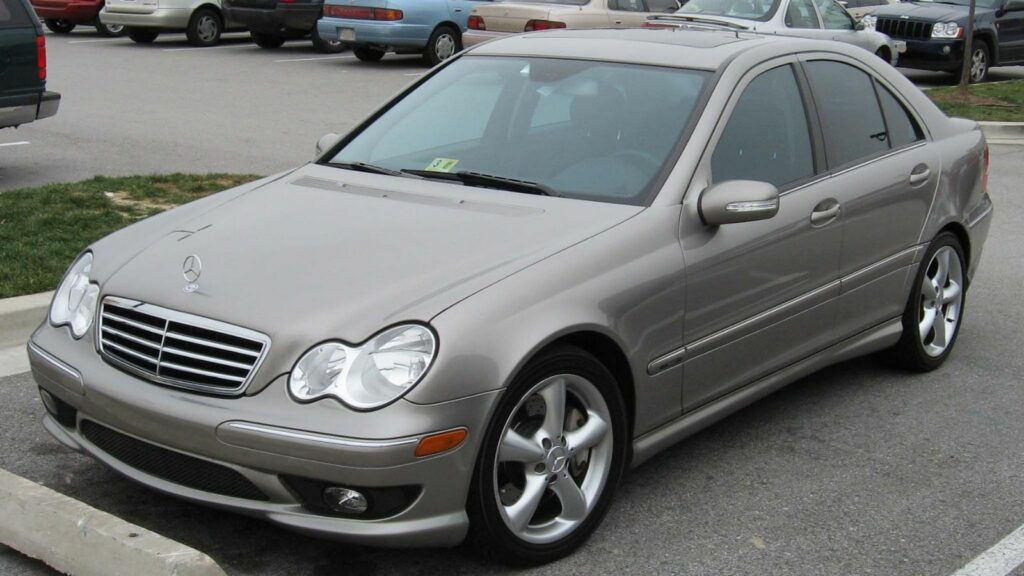Insurance is one of the most overlooked costs when buying a car in Canada. Many drivers focus on fuel efficiency, price, or style, but insurance premiums can make or break ownership costs. Insurers crunch huge amounts of data, from accident statistics and theft rates to repair bills and driver demographics. If a car is tied to high risk, owners will pay heavily, no matter how carefully they drive. These twelve cars have earned reputations as insurance nightmares across Canada, combining sky high premiums with headaches insurers know all too well.
Honda Civic
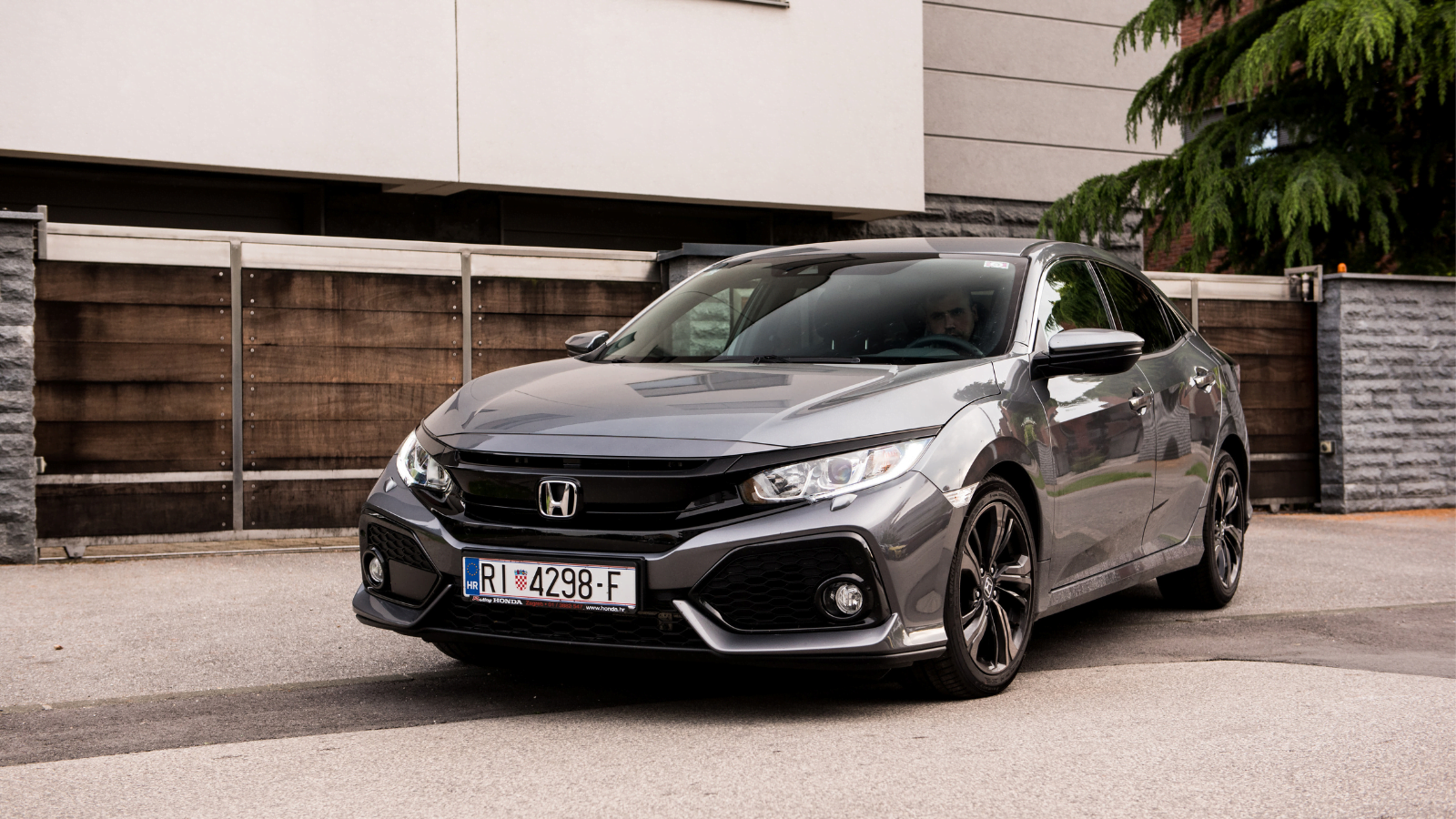
The Honda Civic has been Canada’s best selling car for decades, but it also carries a dark side. For years it has topped the country’s most stolen vehicle lists. Thieves target Civics because they are everywhere, parts are easy to sell, and older models lack modern anti theft technology. Insurance companies know this and have adjusted rates accordingly, punishing all Civic owners with higher premiums whether or not their car is at risk. In urban centers like Toronto and Montreal, owning a Civic can feel like a financial penalty at renewal time.
Ford F-150
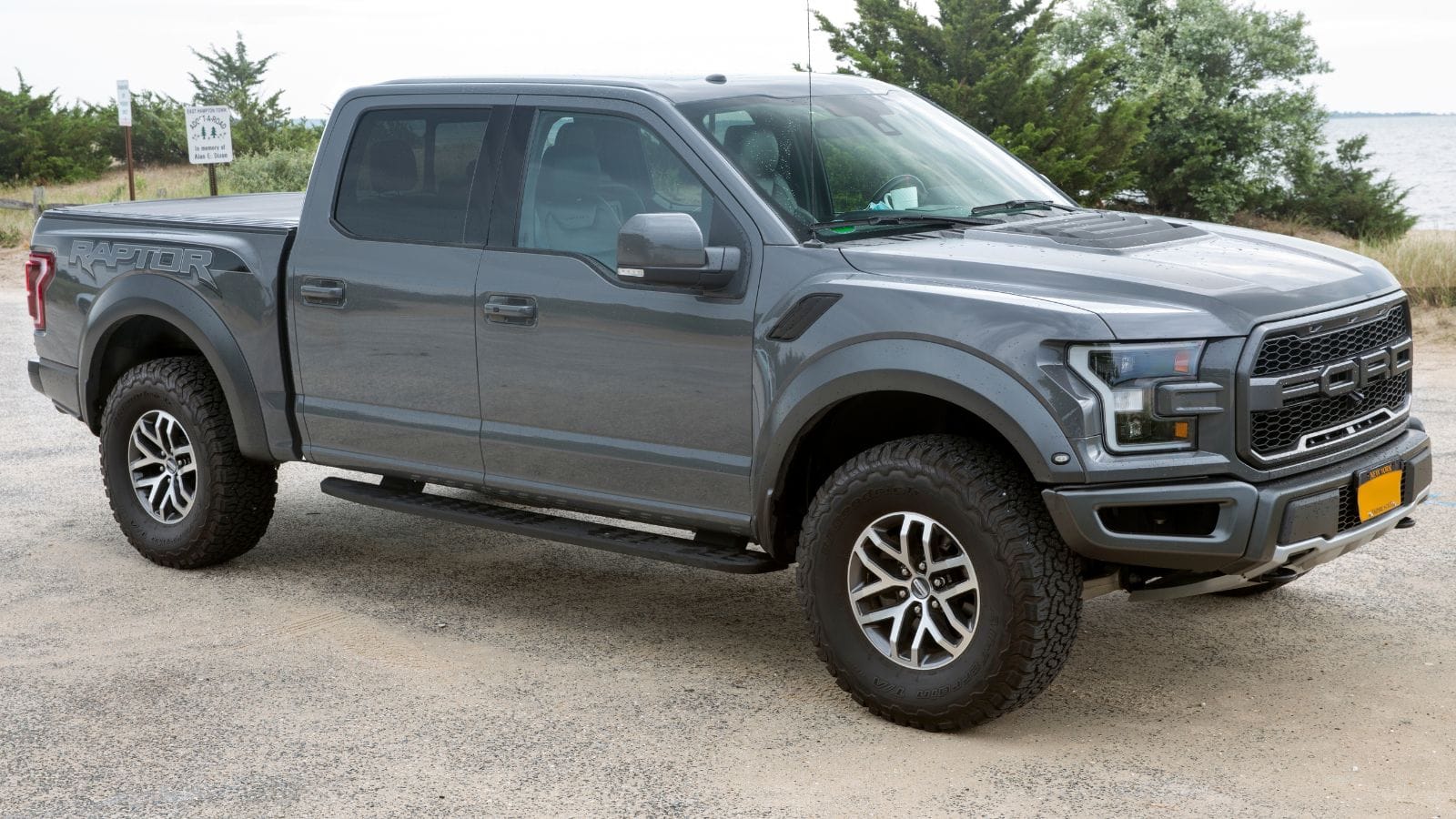
The Ford F-150 dominates Canadian sales charts, but its popularity also makes it a target. Organized crime groups specifically hunt F-150s, often shipping them overseas within days of theft. Replacement and repair costs are enormous because of complex electronics, advanced safety systems, and the sheer size of the truck. Insurers look at the constant flood of theft claims and the high payouts that follow, and premiums skyrocket. Even rural owners in Alberta or Saskatchewan feel the sting because the F-150 is a national theft target, not just an urban one.
Dodge Charger
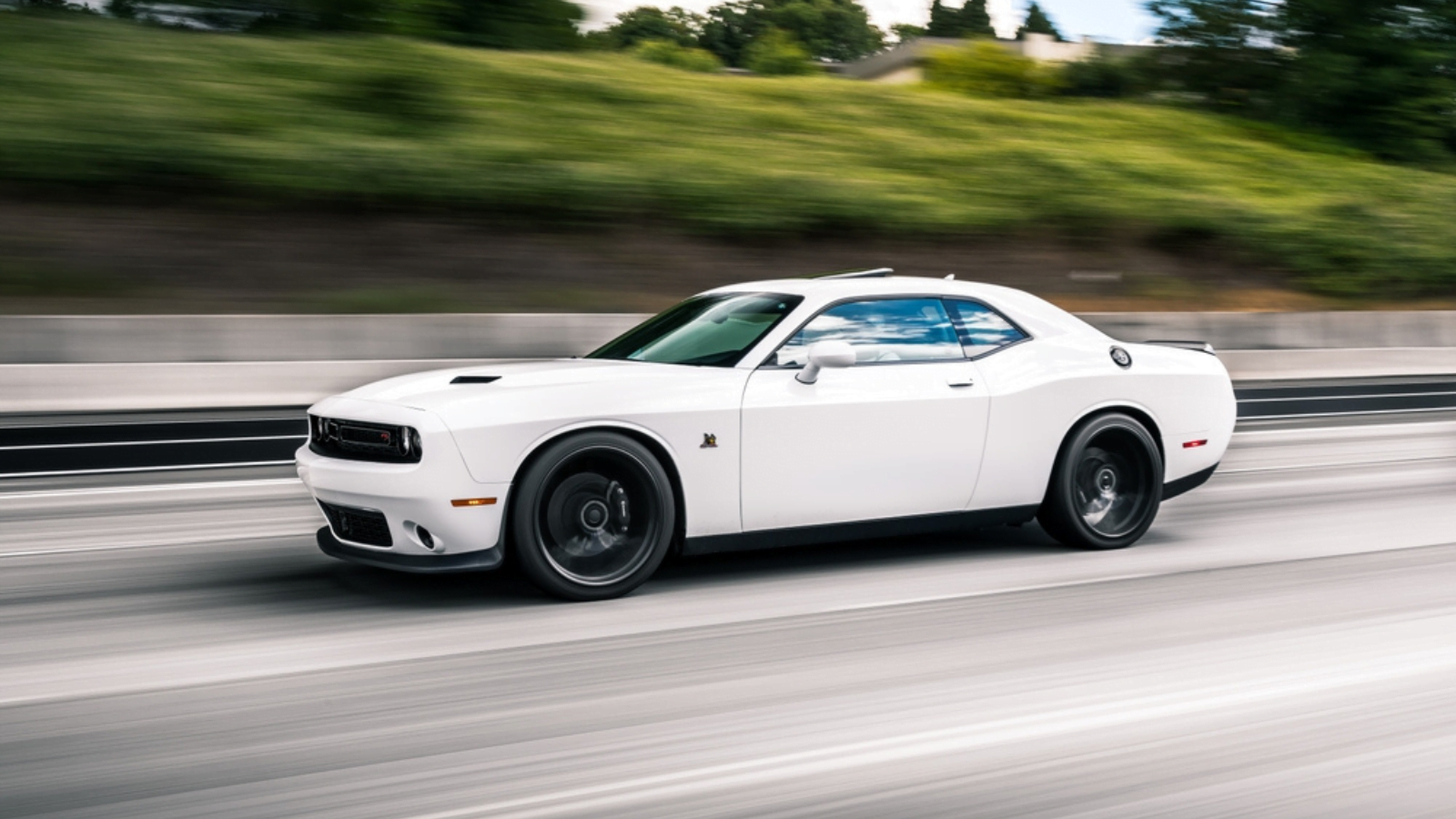
The Dodge Charger is one of the most recognizable muscle sedans, but insurers treat it as a rolling red flag. The high horsepower engines, rear wheel drive setup, and aggressive image make it statistically more likely to be involved in speeding related accidents. Thieves also love the Charger, with organized rings stealing them at alarming rates. Even if you are a cautious driver who babies your car, insurance companies lump all Charger owners together. That means sky high premiums that often rival luxury imports.
Dodge Challenger
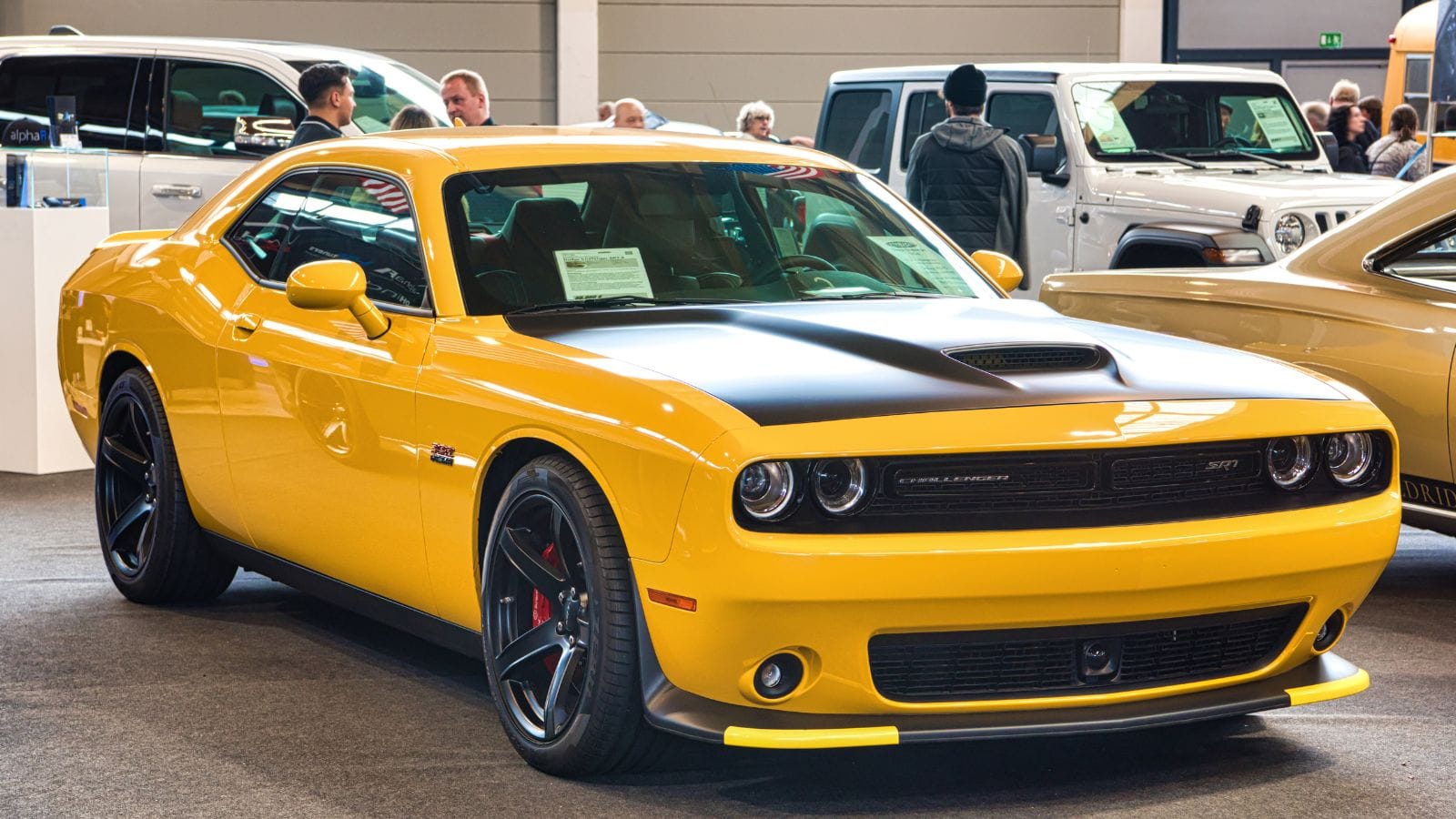
The Dodge Challenger is the Charger’s coupe sibling, and it suffers the same fate. Its raw V8 power and muscle car heritage make it irresistible for both car thieves and drivers with heavy right feet. Insurance companies see higher accident rates, expensive claims, and theft data that places the Challenger high on risk charts. In Canada, where theft numbers are climbing rapidly, the Challenger sits firmly on the nightmare list. Owning one comes with the joy of muscle car life—and the sting of punishing premiums.
Subaru WRX
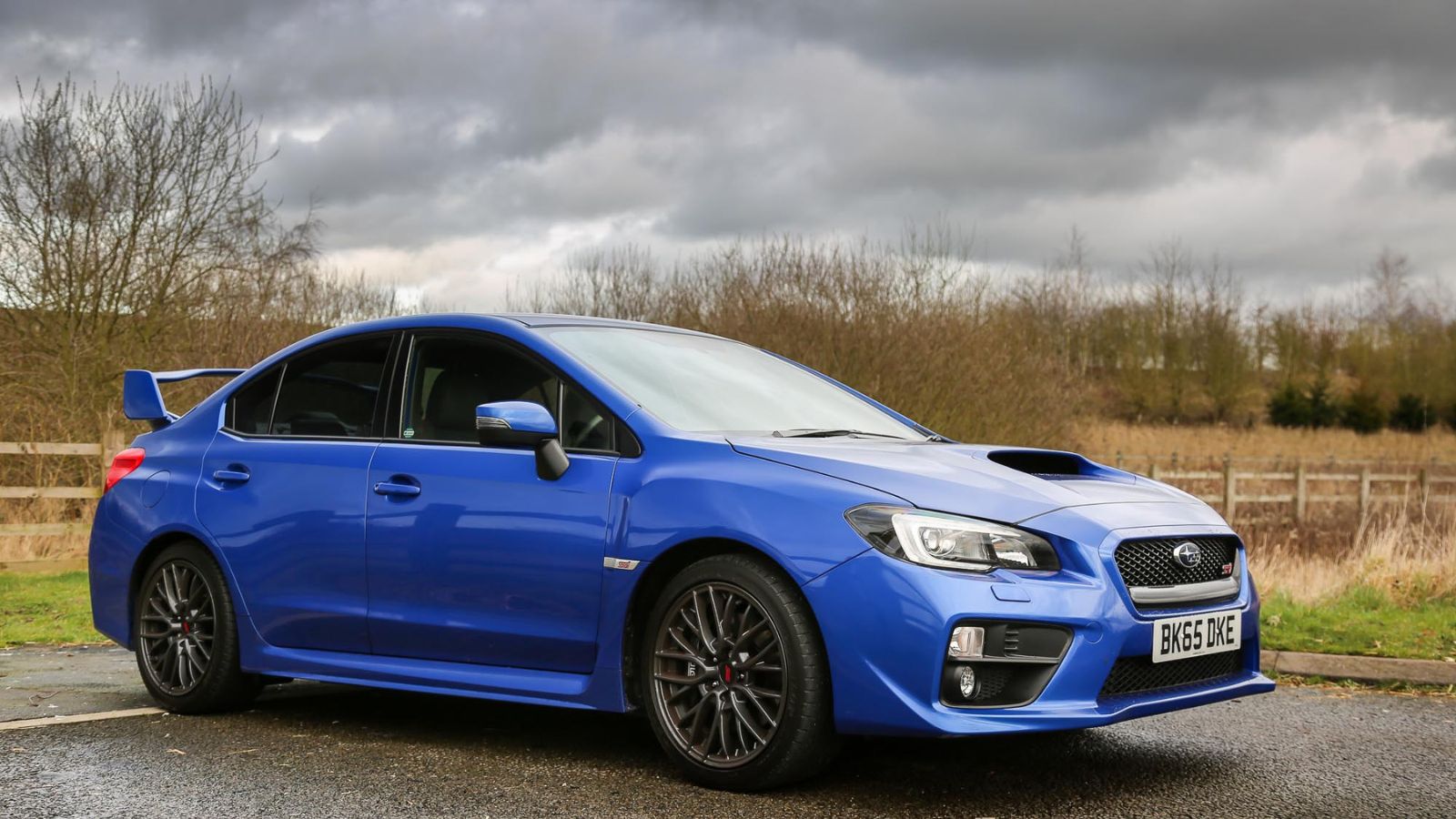
The Subaru WRX has a cult following in Canada thanks to its rally pedigree, turbocharged power, and all wheel drive grip. But its popularity among younger drivers has hurt it with insurers. Accident rates for the WRX are significantly higher than average, driven by aggressive driving and performance tuning. Repairs are costly too, since turbo engines and AWD systems demand specialized work. Insurers take all of this into account, pushing premiums far higher than for more sensible Subaru models like the Impreza or Forester.
BMW 3 Series
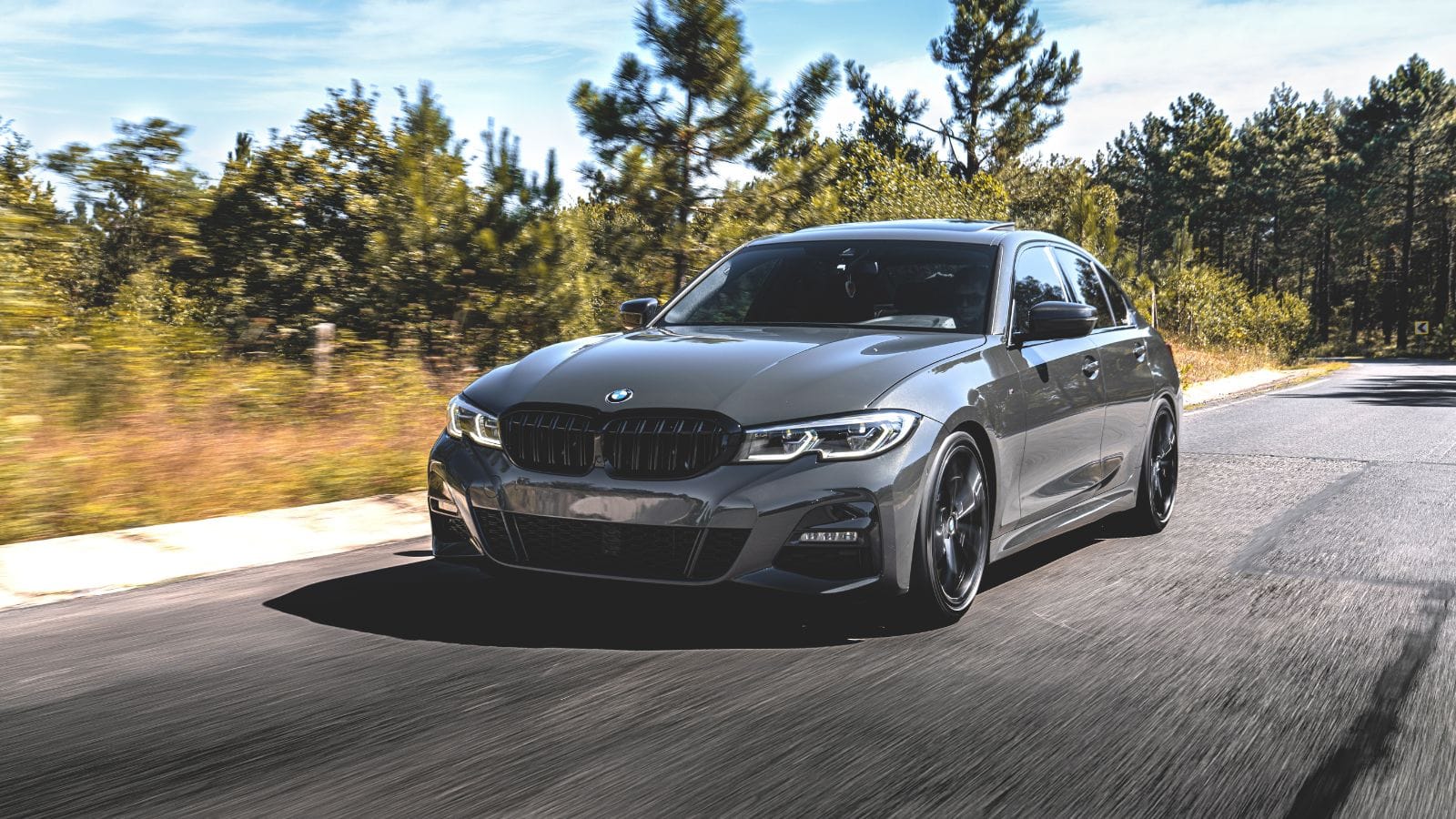
The BMW 3 Series has long been the gateway into German luxury, but its insurance costs are anything but affordable. Even minor collisions can result in repair bills in the thousands thanks to fragile electronics, expensive sensors, and luxury grade parts. Insurers also factor in theft rates and accident statistics, which tend to be higher for younger drivers who pick up used 3 Series sedans. For Canadian owners, this means paying luxury premiums long after the car itself is affordable on the used market.
Audi A4
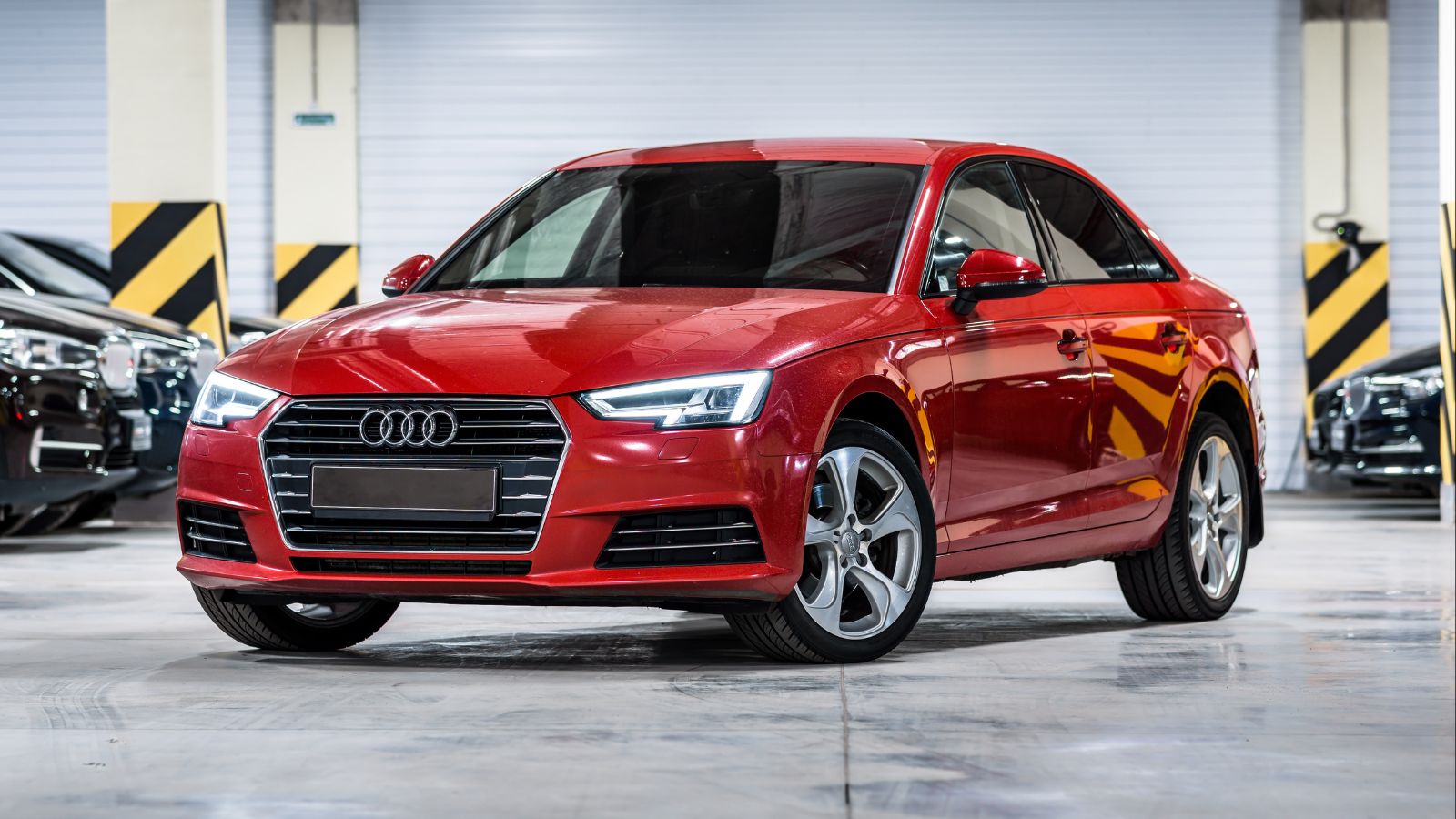
The Audi A4 mirrors the BMW 3 Series in almost every way when it comes to insurance costs. It is attractive, luxurious, and fun to drive, but expensive to repair. Crash repairs often involve replacing entire panels, recalibrating sensors, and sourcing pricey parts. Insurance companies know that an accident claim for an A4 costs far more than a mainstream sedan like a Corolla or Elantra, so premiums climb sharply. For Canadians seeking affordable ownership, the A4 quickly proves to be a burden.
Lexus RX
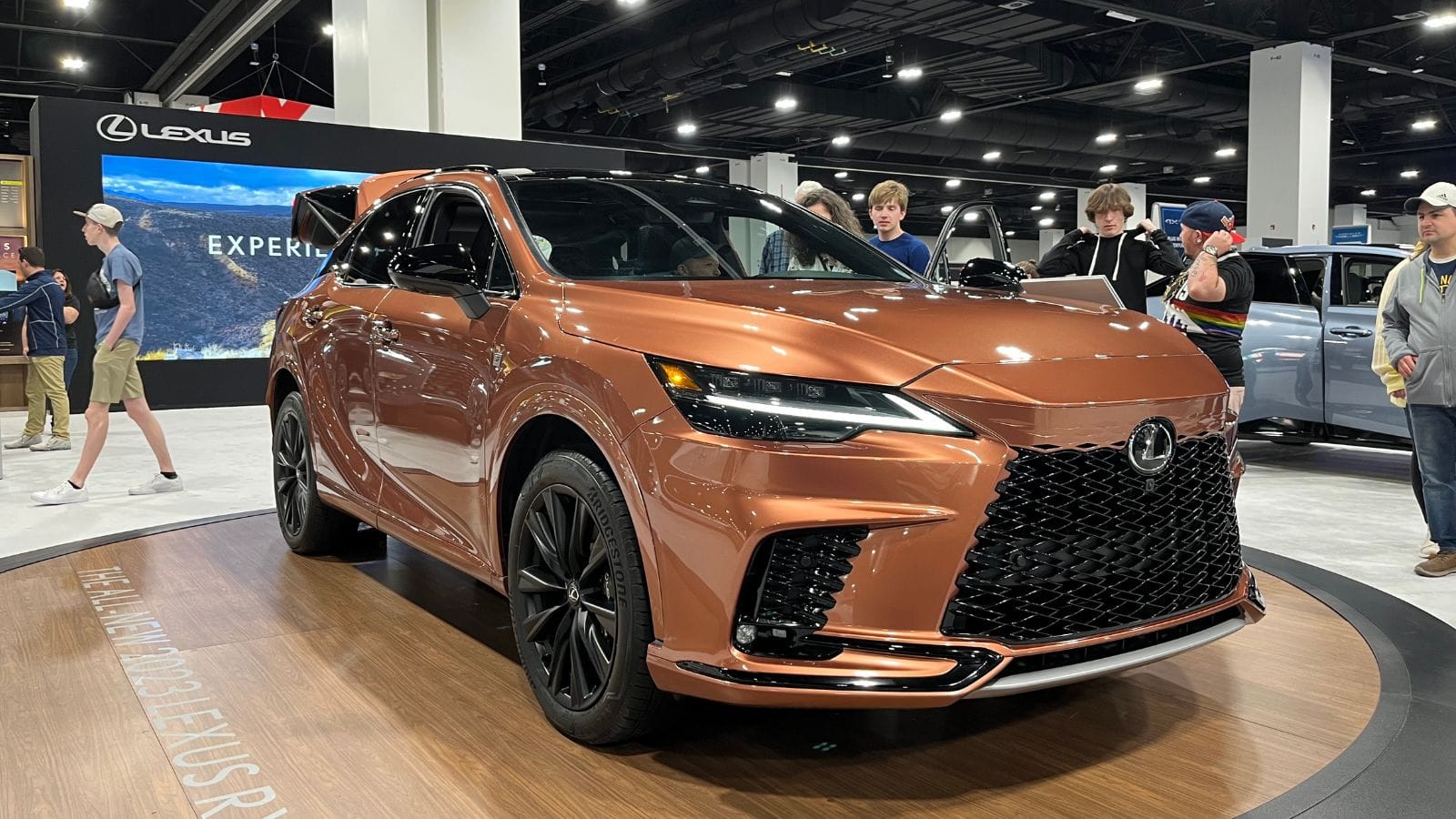
The Lexus RX is one of Canada’s best selling luxury SUVs, but it is also one of the most stolen vehicles in the country. Its strong resale value and international demand make it a prime target for theft rings. Stolen RX models are often exported overseas within weeks, leaving insurers to foot enormous replacement bills. Even though the RX has a reputation for reliability, insurance companies treat every owner as a theft risk, especially in Ontario and Quebec where theft rates are highest.
Toyota Highlander
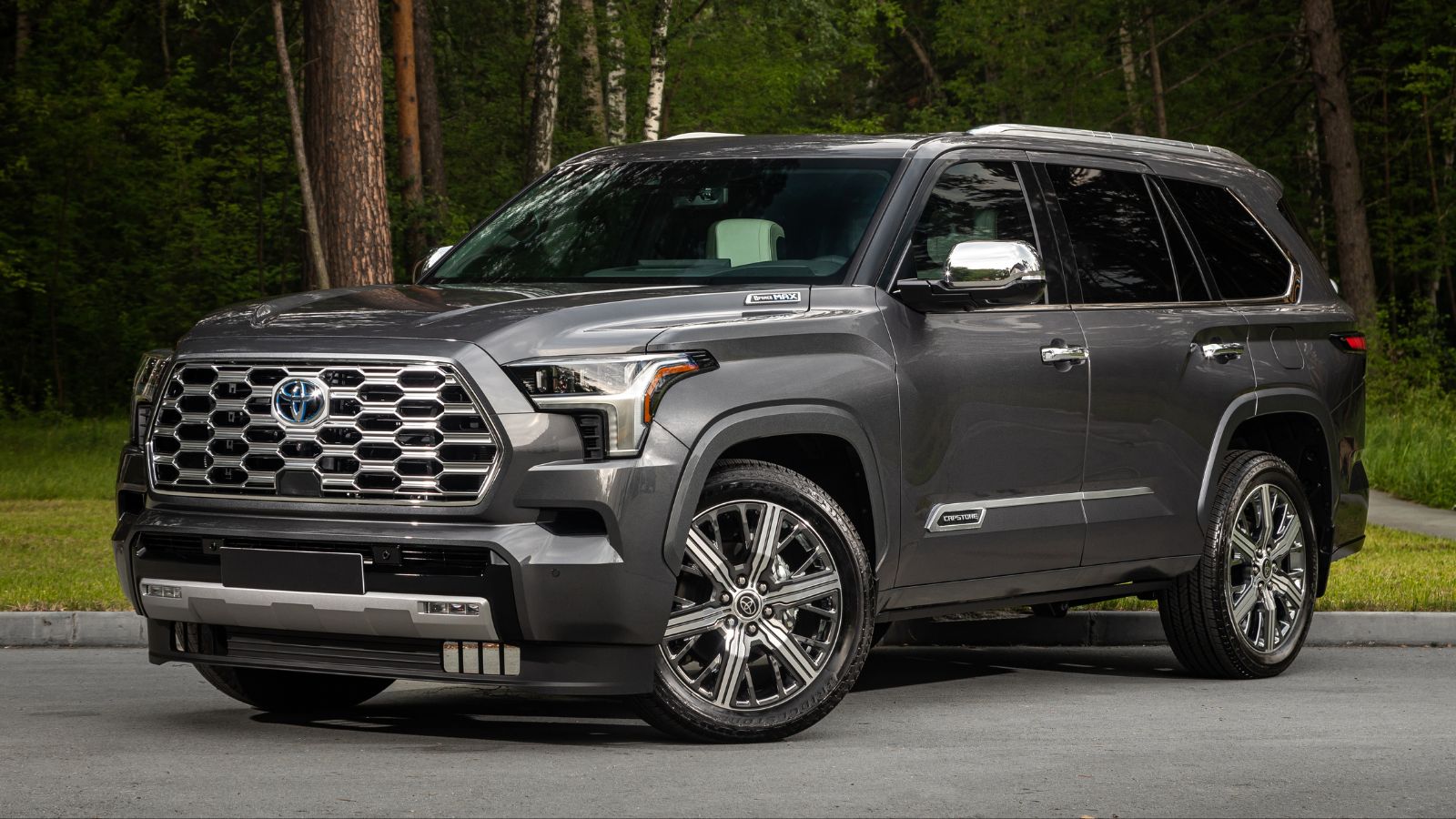
Like the Lexus RX, the Toyota Highlander has become a favorite for organized thieves. Demand in foreign markets means stolen Highlanders vanish quickly from Canadian streets, and recovery rates are low. Insurance companies respond by charging Highlander owners some of the highest SUV premiums in the country. Families drawn to Toyota for affordability and dependability are often shocked by how expensive it is to insure a Highlander compared to other crossovers.
Tesla Model 3
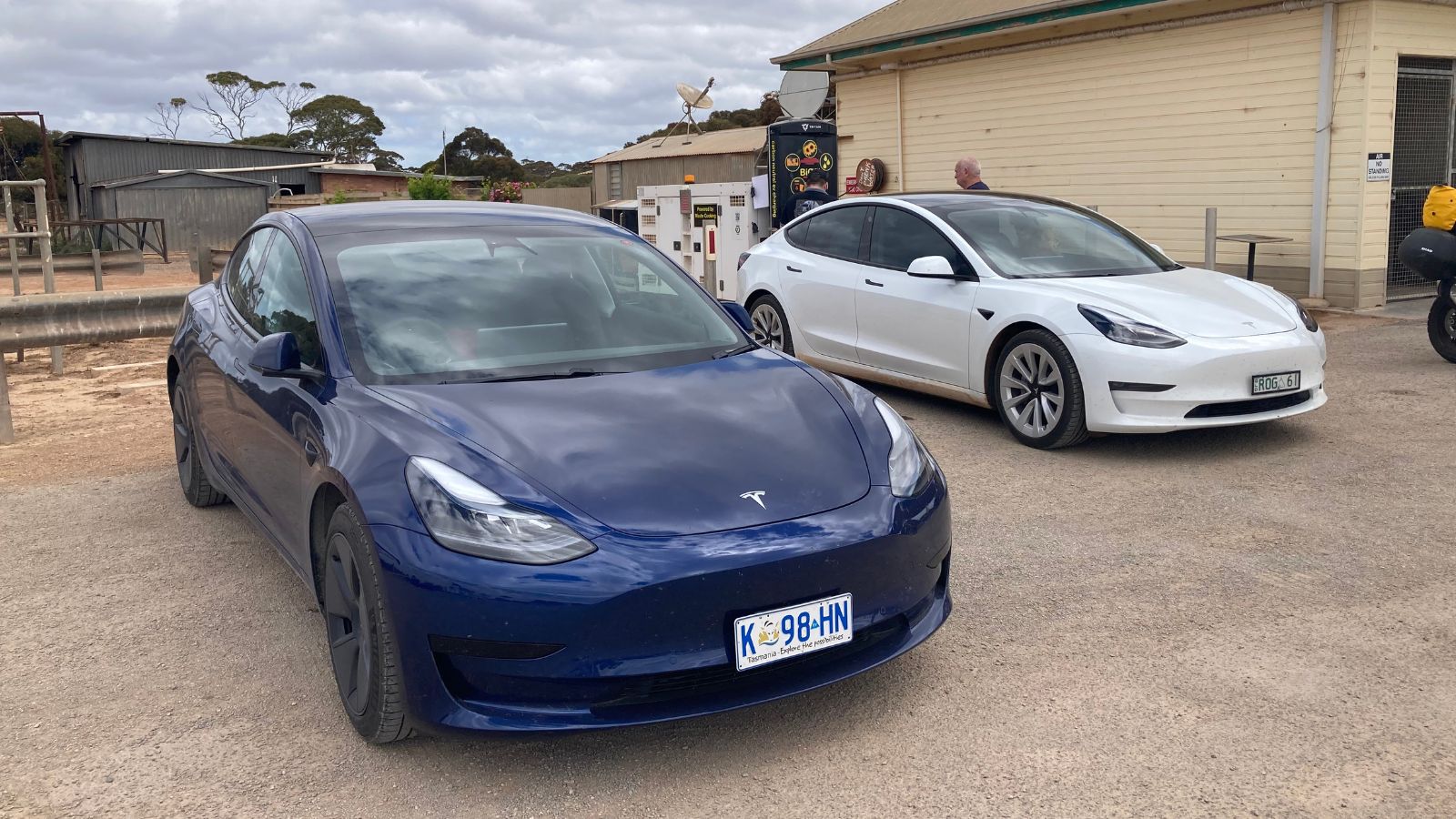
The Tesla Model 3 is marketed as the affordable entry point into EV ownership, but insurance companies see it differently. Repairs are notoriously expensive, with parts often requiring weeks of wait time and few independent shops willing to work on Teslas. Even minor accidents can mean writing off the entire car if the battery pack is damaged. Theft rates have risen as well, with software exploits making them a target. For Canadian buyers, the Model 3 often comes with insurance premiums higher than luxury gas sedans.
Tesla Model Y
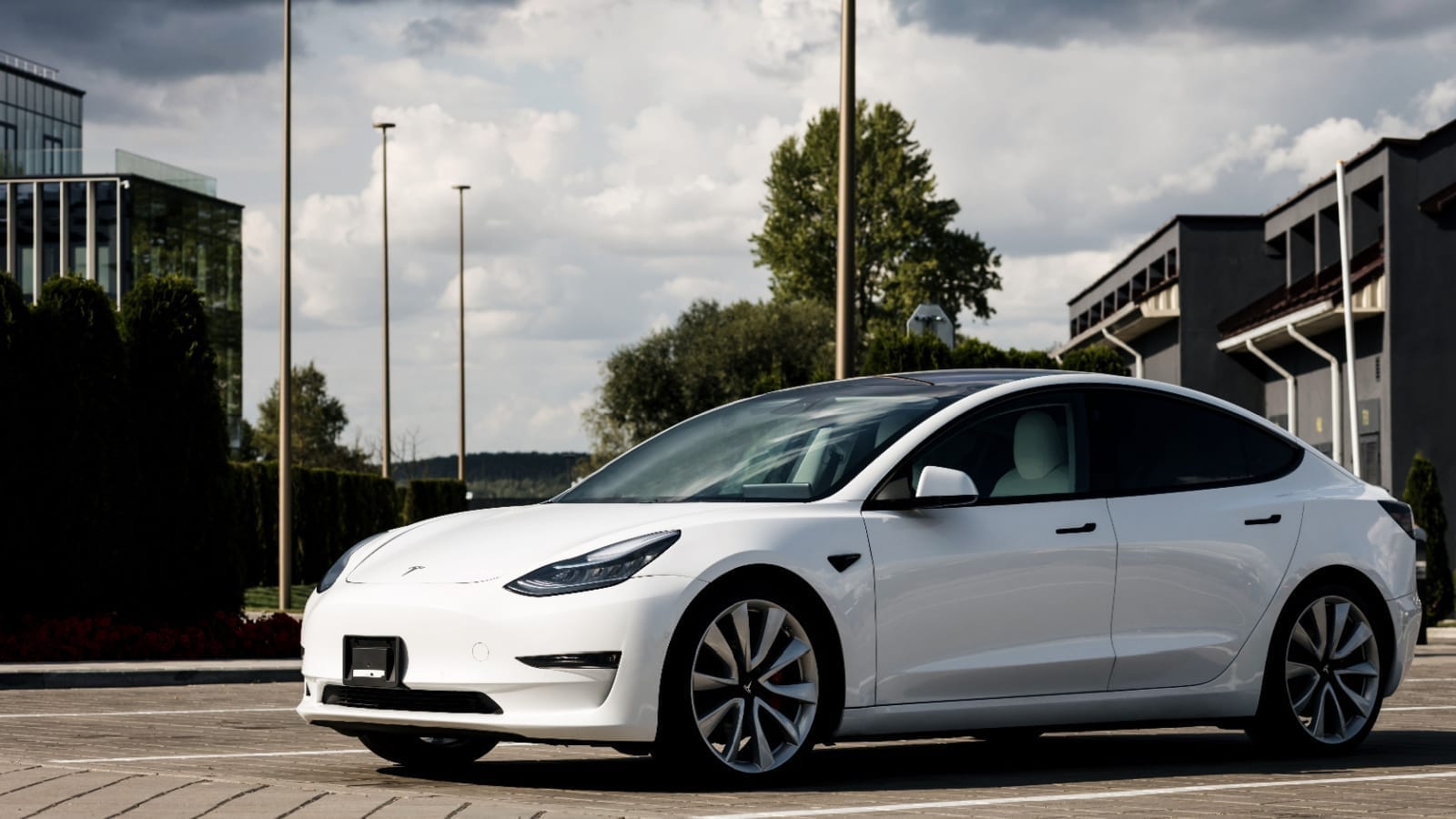
The Model Y combines the repair costs of the Model 3 with the added expense of a larger crossover body. Insurance companies see higher claim payouts thanks to expensive sensors, fragile glass roofs, and long repair times. For families expecting to save money with EV ownership, the shock often comes when they get their first insurance quote. In provinces like Ontario, Model Y premiums can be double what you’d pay for a comparable gas powered SUV.
Mercedes-Benz C-Class
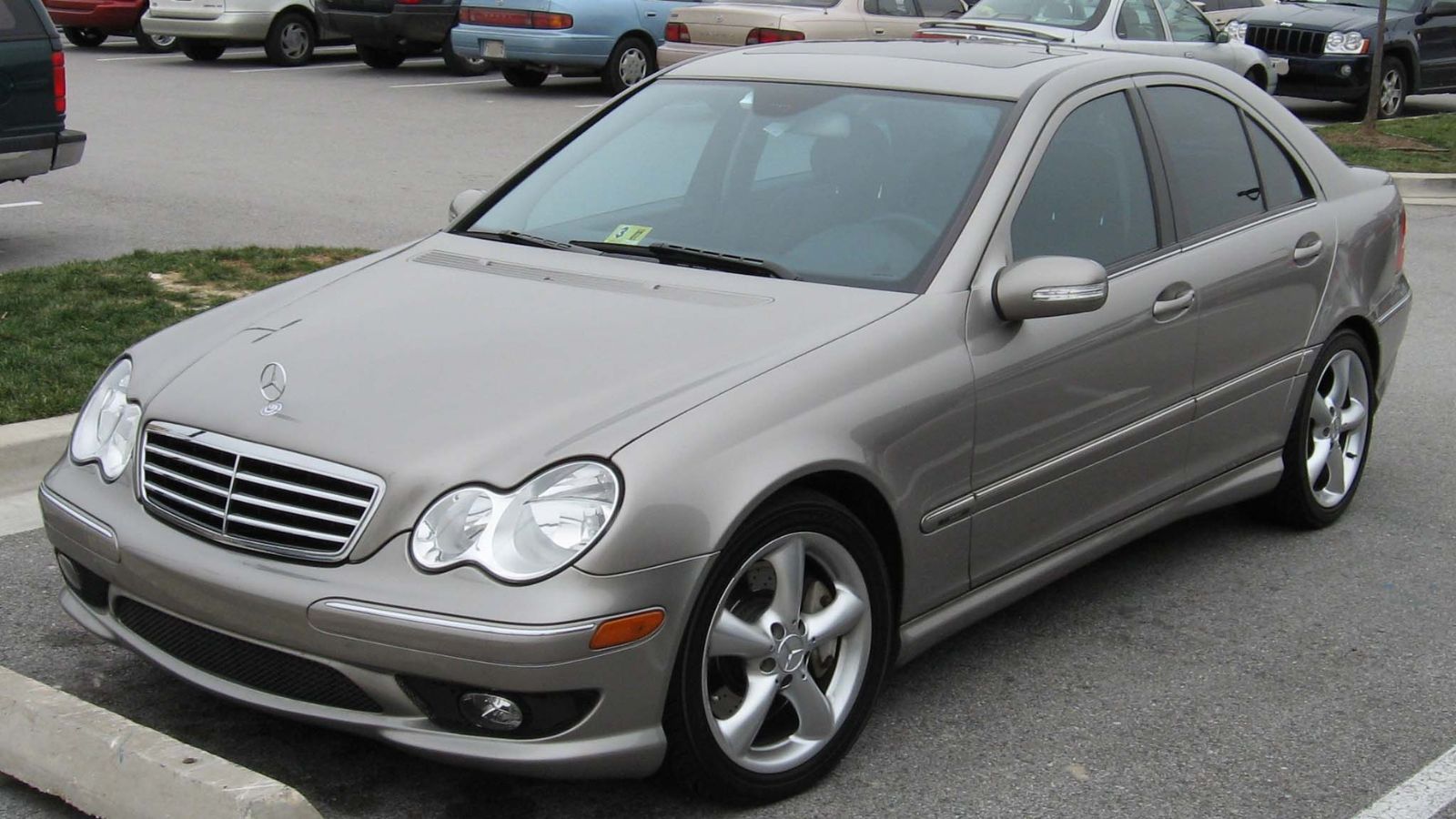
The Mercedes C-Class is another luxury sedan that punishes Canadian drivers with crushing insurance bills. Every crash repair involves premium parts, dealer level labor, and lengthy claim times. The car’s performance image also works against it, as insurers factor in the risk of aggressive driving. Theft risk is another layer, particularly for AMG performance variants. Even owners who never push the car hard are lumped into the same high risk pool, making premiums among the worst in the industry.
The Insurance Nightmare for Canadian Drivers
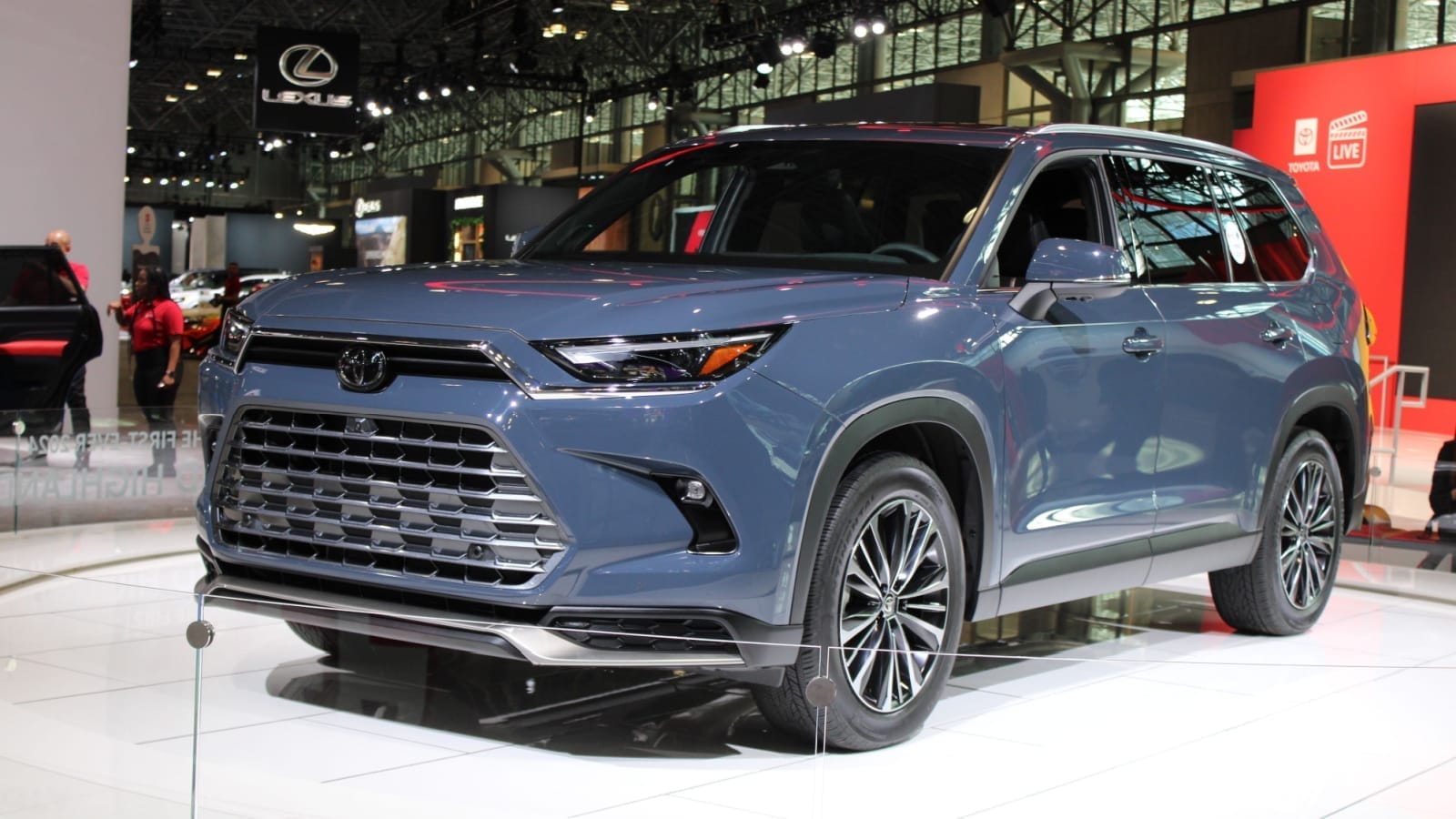
For Canadian drivers, these twelve vehicles prove that insurance is more than just a monthly bill—it is a financial anchor tied directly to what you drive. Cars that are popular with thieves, linked to aggressive drivers, or expensive to repair will always attract higher premiums. Whether it’s a Civic that disappears from driveways, a WRX pushed too hard on icy roads, or a Tesla that racks up impossible repair bills, these vehicles are consistent insurance nightmares. They remind us that the cheapest car to buy is not always the cheapest to own once insurance gets involved.
25 Facts About Car Loans That Most Drivers Don’t Realize

Car loans are one of the most common ways people fund car purchases. Like any other kind of loan, car loans can have certain features that can be regarded as an advantage or a disadvantage to the borrower. Understanding all essential facts about car loans and how they work to ensure that you get the best deal for your financial situation is essential. Here are 25 shocking facts about car loans that most drivers don’t realize:
25 Facts About Car Loans That Most Drivers Don’t Realize
